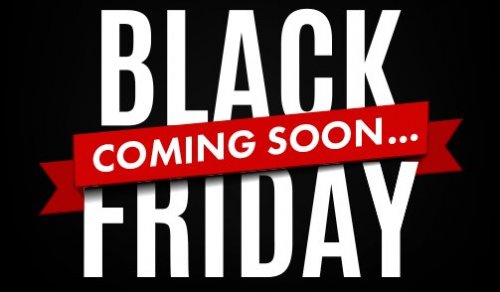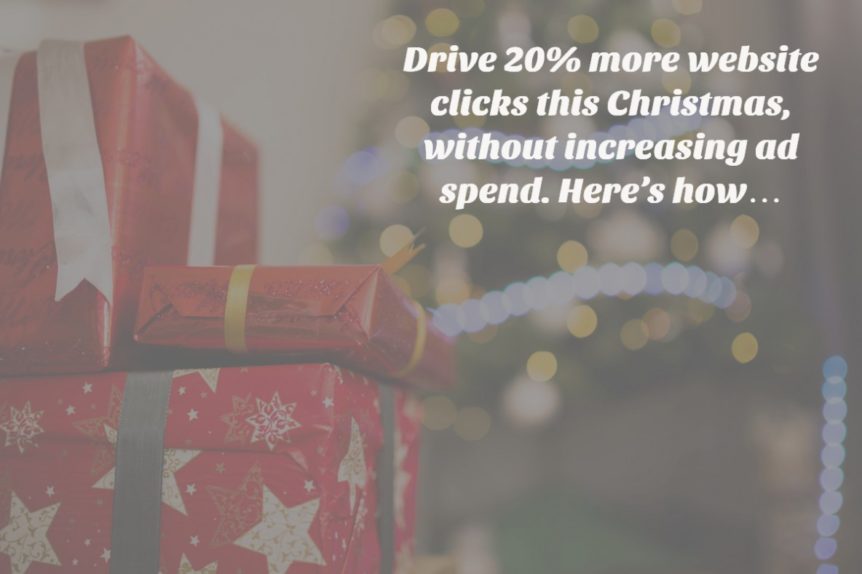In 2015, we sent upwards of 2 billion emails for over 750 brands and loaded over 1500 email creatives. All these emails shared one common goal, to engage new customers and generate incremental revenue.
Interestingly we found that one design layout consistently out-performed all others. This was the below:
In this article we are going to dissect why and give you the pointers you need to improve your Click Thru Rates (CTRs). I believe the key factors are:
1.The importance of a call to action
The call to action is what ensures people click on your creative and go on to your website.
The journey from first opening the email and onto the website, should be like skimming a stone across water. You want them to touch each part of the journey but you want to move them on as quickly as possible to the final destination. When someone views the creative, you want them to be able to gather the main information and click off as quickly as possible. The information presented must be clear with a stand out headline and a clear call to action above the fold (the fold being the first 400 pixels of the creative) and then repeated each time someone scrolls down the email.
The call to action needs to stand out – typically button like and ideally in a contrasting colour to the rest of the creative. Here is an example of the importance of clear to call to action above the fold:
Amazon Prime:
By having a clear call to action above the fold, the average CTR was five times higher.
2. Clear, concise text
Following on from the call to action, the information within the email should be easy to digest and grasp from a quick scan. To achieve this, you need a clear headline above the fold, containing the key selling point. Simply placing an image here, with no headline as to why people should click through will reduce your performance. Here are two examples:
The average CTR for retail is s 12%, whereas this creative achieved an 8% CTR. Although the imagery looks great, this creative has no key message to drive the consumer to the site.
Average CTR for finance is 3%, whereas this creative achieved a 1% CTR.
The second example not only illustrates a lack of information above the fold is key but also highlights issues with the the information below the fold. Ideally information below the fold should be written in short paragraphs or bullet points, with the most important ones drawn out in large font or bullet points. Coloured font can work but this often can leads to a higher spam score. Remember the key is make it as easy as possible for the reader to digest the points. Confusing layouts and a lot of text will not help the CTR.
As a result of a text heavy, non-fluid layout, with no call to action above the fold the CTR on this creative was a third of the average for the vertical.
3. Images V Text
The age old battle of whether an image creative is better than a text heavy creative. This battle has two elements whether text is better for delivery or whether images are better for clicks.
The advantage of a text heavy creative is that many email clients have a default setting of images switched off. If the creative is text heavy, relevant information will be shown regardless of whether the images are switched on or off.
Secondly, when it comes to delivery, it is argued that text heavy creatives deliver better. However, there is little evidence to support this and if you have a properly coded HTML and a plain-text version your deliverability won’t be hurt
I would add a caveat to say that when designing emails for B2B, a text heavy creative will tend to outperform a HTML creative because many companies adopt cautious inbox policies with very zealous SPAM filters.
So do people prefer image-heavy HTML creatives?
Well according to a survey conducted by HubSpot 2/3 of respondents preferred image heavy creatives. But does this translate to clicks in real life.
Looking at retail, when image heavy creatives were used the average CTR was 12% compared to 5% when text heavy creatives were used.
Within the Charity vertical, it seems that a text heavy creative can out-perform an image heavy creative – however only when the call to actions are button like. Text heavy creatives, using hyperlinks and clickable areas, under-performed against the average CTR for this vertical.
Across the majority of the other verticals, the results did favour on the side of image heavy creatives but the results were pretty inconclusive and it was the content and the layout that was of greater importance.
We tend to opt for a balance between the two and good imagery can make all the difference, especially when it comes to the travel vertical, so go for a balance but make sure the images scream wow!
4. Familiarity
The biggest impact on CTR was generated when ‘brand clouds’ were used (an image showing well-known brands). For unknown ‘comparison sites’ this can double CTR. On the life insurance vertical, we saw by adding a ‘brand cloud’ featuring well-known insurance brands the CTR increased by 2.3.
This also was effective when used by well-known brands in retail. Clients which stock multiple brands, were able to up CTR by adding brand clouds. On a send for ‘Very’ this increased CTR from 7% to 12%.
5. Layout
There are specific layouts that work better on email. As we have identified a clear call to action and a headline above the form, outperforms other layouts. However the layout needs to adapt to mobile because 70% of emails are opened on these devices.
There are four ways you can build an email: Normal HTML, responsive design, adaptive design and hybrid design. Hybrid designs are a combination of the first three and ensures your design is displayed properly on all devices.
As we now understand, where you place the call to action is key to getting people clicking off your email to your website. If you not coding your creative using ‘hybrid’ coding, then placing your call to action on the right hand side can mean it is lost on mobile. For example, on Android phones, users will need to side swipe to reveal it.
To avoid this build in a single column format, with the call to action centred or placed on the left hand side of the creative to ensure CTR is optimised.
Below is an example of two creatives, Marbles have placed their CTA on the right hand side and have used mobile optimised design. Their CTR is five times lower than the average for the vertical. Whereas Vanquis have not mobile optimised the creative but have placed their CTA on the left hand side and got a 9 times higher CTR. Remember, you don’t always have to mobile optimise a design, as long as you remember to put your core CTA and headlines on the left hand side.
6. Content
We have focused heavily on design in this article. It is all well and good designing a beautiful email but if it doesn’t get delivered, it will never get clicked on.
Designing an email to ensure inbox delivery is fluid exercise and requires constant monitoring. What is seen as SPAM one day, may not be the same the next day.
However, there are common issues and below I have listed some key content to avoid which have been consistently flagged over the last year:
- Text denoting huge sums of money. If you need to write large sums, do so in images or choose to write them in short hand form.
- Avoid known SPAM words and if you have to use them, make them images. Words and phrases such as credit, claim, your family and debt are known offenders.
- Tiny font or extra-large font will be flagged, often meaning long T&Cs can cause deliverability issues. Try linking people to T&Cs as opposed to having them at the end of the email.
- Coloured font
- Click here/Buy Now – we know your need call to actions but try and make them images to avoid upping a creative’s Spam score.
In conclusion make the information in your creative as easy to digest in as little time as possible. Draw up the key selling point above the fold and any supporting information in short paragraphs or bullets points. But above all, remember the aim is to move them onto your website or your call centre, so make the call to action obvious.







